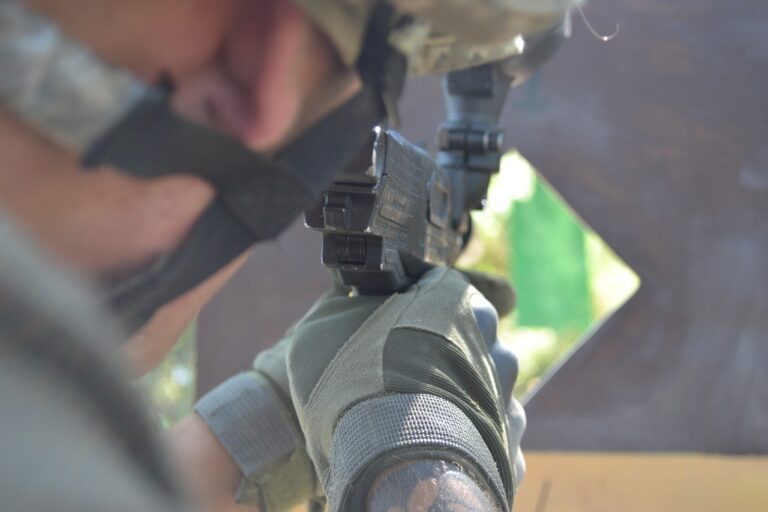Exploring Innovative School Designs and Architecture
Contemporary school architecture prioritizes open and flexible spaces to encourage collaboration and creativity among students. Designers are focusing on creating environments that foster communication and engagement, moving away from traditional closed-off classrooms towards multi-functional areas that can be easily adapted for various activities. Bright colors, natural light, and sustainable materials are also key elements in modern school designs, aiming to create a welcoming and eco-friendly atmosphere for both students and teachers.
Furthermore, there is a growing emphasis on incorporating elements of biophilic design into school architecture. This approach integrates nature and greenery into the built environment, promoting a sense of well-being and connection to the outdoors. Green roofs, indoor gardens, and large windows that offer views of nature are becoming more common features in school buildings, enriching the learning experience and enhancing the overall learning environment.
Innovative Uses of Technology in School Design
In the realm of school design, technology plays an increasingly vital role in shaping modern educational environments. From interactive smart boards to virtual reality labs, schools are integrating advanced technological tools to enhance student learning experiences. These innovative uses of technology not only facilitate more engaging ways of teaching but also help students develop crucial skills for the digital age.
Moreover, the incorporation of technology in school design extends beyond the classroom walls. Schools are now using data analytics to optimize building layouts, improve energy efficiency, and ensure the safety and security of students and staff. By leveraging technology in these ways, schools are creating smarter, more sustainable, and adaptable learning spaces that cater to the evolving needs of 21st-century education.
How is technology being incorporated into school design?
Technology is being incorporated into school design through features such as interactive whiteboards, virtual reality labs, smart lighting systems, and digital signage.
What are some current trends in school architecture?
Some current trends in school architecture include flexible learning spaces, sustainable design practices, outdoor learning areas, and biophilic design elements.
How can innovative uses of technology enhance the learning experience for students?
Innovative uses of technology can enhance the learning experience for students by providing interactive and engaging learning opportunities, facilitating collaboration and communication, and allowing for personalized learning experiences.
What are some examples of innovative uses of technology in school design?
Some examples of innovative uses of technology in school design include biometric security systems, energy-efficient building management systems, 3D printing labs, and augmented reality learning experiences.
How can school administrators ensure that technology is effectively integrated into school design?
School administrators can ensure that technology is effectively integrated into school design by conducting thorough needs assessments, involving teachers and students in the decision-making process, providing adequate training and support, and regularly evaluating the impact of technology on teaching and learning.





